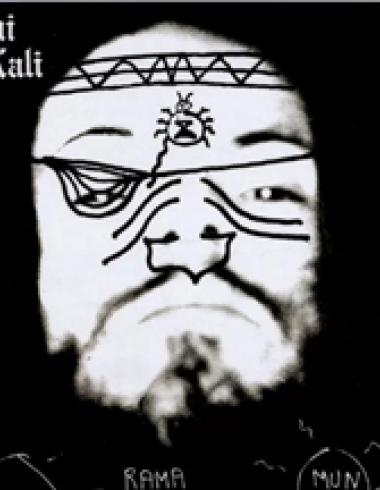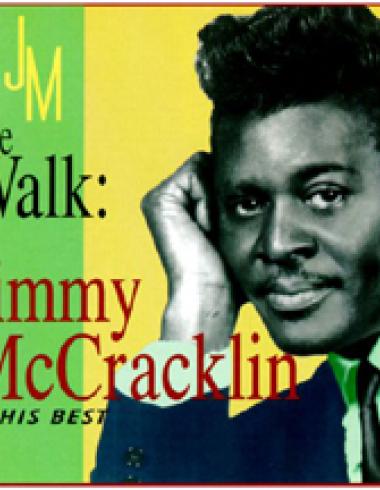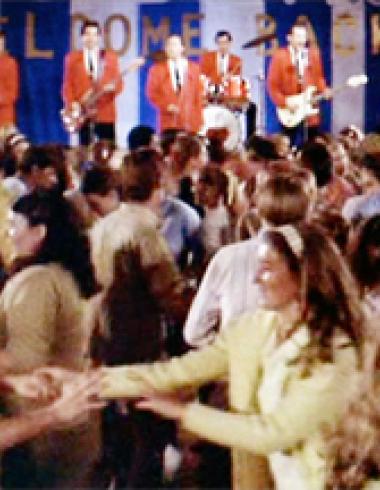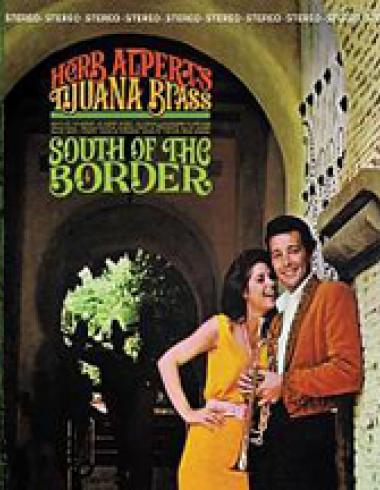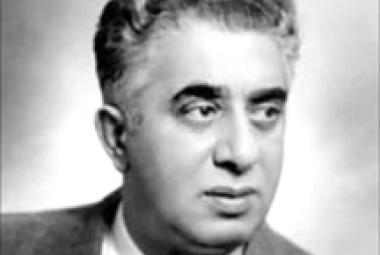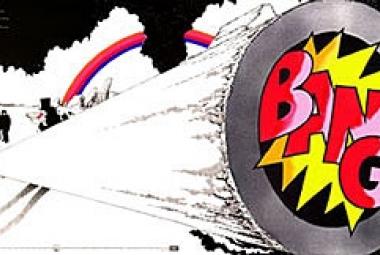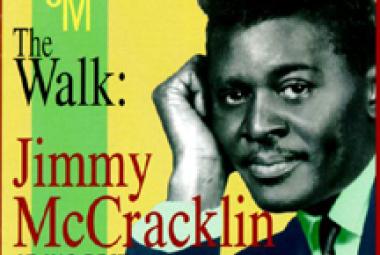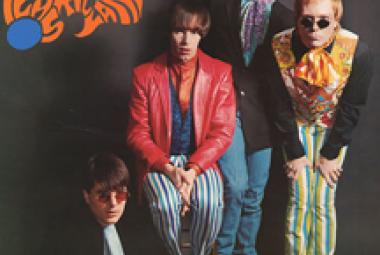Milan (also known as The Leather Boy) (born December 15, 1941 in Belgrade, Yugoslavia; died March 14, 1971 in New York City) was an enigmatic producer, songwriter and recording artist on numerous songs made throughout the 1960’s, mostly though not exclusively in the garage rock genre. He released an LP and numerous singles for seven different national record labels and other independent labels (a total of more than 30 songs) under a variety of names. Additionally, as the producer, arranger and/or songwriter, Milan oversaw many other releases by a variety of artists ranging from the pop singer Lou Christie, to the bubblegum pop band Ice Cream, to the psychedelic rock band the Head Shop. (More from Wikipedia)
What really made an impression after awhile, however, is that more than a few of these bands were completely unknown even to the people who put the Pebbles albums together.
It didn’t always stay that way of course. We have yours truly to thank for getting the word out about the mysterious rock artist Milan, also known as Milan Radenkovich, also known as Rick Rodell, also known as the Leather Boy, also known as Milan (the Leather Boy); copies of Ugly Things #34 with my article about Milan are still available!
(July 2013)
* * *
One day, I was listening to a delightful psychedelic rock album by a band called the Head Shop and wondered what Wikipedia might have to say about it. I had found a copy of the album a long time ago (probably at the semi-annual Record Convention in Hillsborough, NC) and was ecstatic when I saw the name of Milan as the producer of the record. There was nothing in Wikipedia about the band, so after a few days, I started writing an article about the Head Shop. Though there have been some additions and changes over the years, that Wikipedia article is still largely my work: en.wikipedia.org/wiki/The_Head_Shop . (I feel no need to restate what I have already written on Wikipedia, since those articles are more readily accessible on the Internet than these Facebook posts).
* * *
A while later, I started scouring the Internet for information about Milan himself, and as I have written previously, that Wikipedia article became the genesis for the more complete article that I wrote about Milan for Ugly Things magazine. I still haven’t updated the Wikipedia article on Milan with the information that was in the Ugly Things article, but I’m sure that I will get around to it one day. That article can be found here: en.wikipedia.org/wiki/Milan_the_Leather_Boy .
For whatever reason, the article on GONN took much longer to put together than most of the others. I had also just had an extended fight with the powers that be at Wikipedia over whether Milan was “notable” enough to warrant an article.
My proudest achievement is my tribute to legendary underground rock musician Mick Farren, which appeared in March 2014. I garnered a lot of praise that my friend Suzy Shaw of Bomp! Records forwarded to me – from past UARA and fellow bandmember in the Deviants, Andy Colquhoun (who posted a link on the band’s Facebook page), from Mike Stax of Ugly Things Magazine (who published my article on Milan year before last), and from Suzy Shaw herself.
* * *
All of this started I suppose when I began noticing that I was over-writing a lot of my appraisal reports, so I tried to find a more satisfying outlet for my writing. I joined Wikipedia in August 2006 and almost immediately started my first article there, on a 1960’s psychedelic rock band called the Head Shop. Milan had been involved in their album as a producer and a musician, and I started trying to get to the bottom of who Milan was. After meeting his sister Dara Gould on line, I not only had enough for Wikipedia, but it eventually shaped up into the article that got published in Ugly Things.
With Milan though, I ran into one of the Wikipedia rules: notability. I fought hard for several months against other Wikipedians who threatened to delete the article that I had put so much into. I had thought that a musician was automatically “notable” if they had an album released on a major record label, but actually the rule was two albums. Eventually I was able to get over the hurdle by demonstrating that Milan had recorded more than 30 songs.
But the whole experience left a bad taste in my mouth. By now I had developed into something of a music historian; and as far as I am concerned, every great musician’s story deserves to be told, notable or not notable.
(Year 5 Review)




